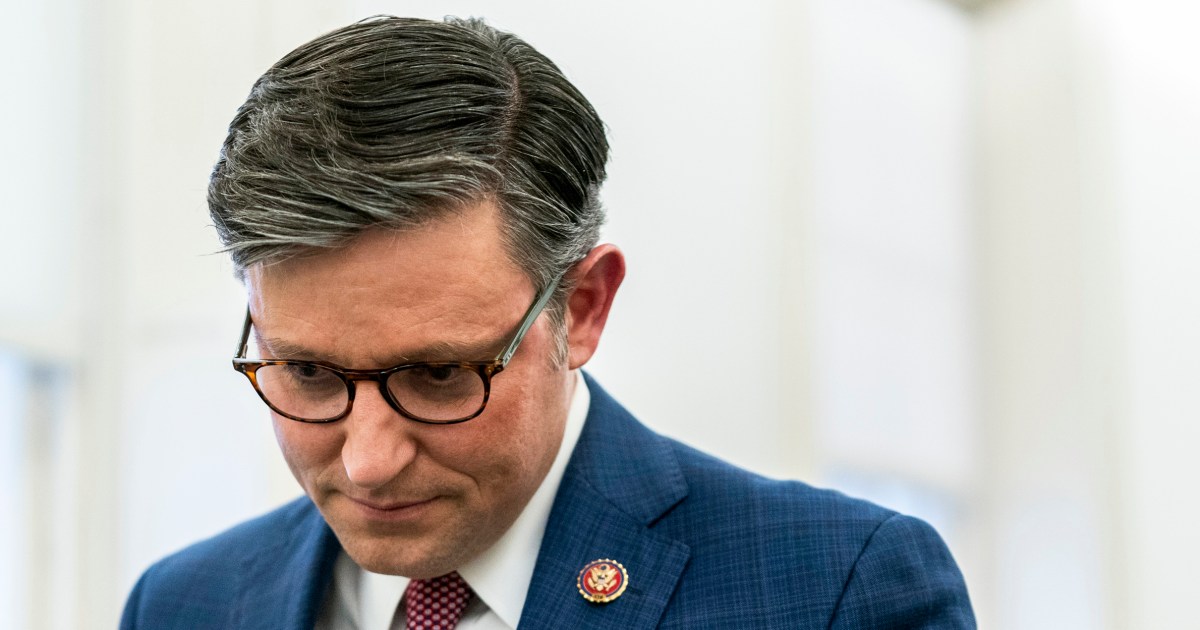#MTA mishaps led to camera failure in April 12 subway shooting

Table of Contents
“MTA mishaps led to camera failure in April 12 subway shooting”
A string of MTA mishaps marked by “haphazard” maintenance, internal miscommunication and low staffing meant there were no functioning surveillance cameras at Brooklyn’s 36th Street station when an unhinged gunman opened fire on a packed train there in April.
The video outage — which extended to the adjacent 25th Street and 45th Street stations — lingered for three days before word got to the team responsible for fixing it, and it took another day for them to do repairs, the MTA Inspector General’s Office found.
By that time — on the morning of the April 12 mass shooting — Frank James had allegedly already unloaded 33 shots inside a Manhattan-bound N train, striking 10 people and leaving a total 29 wounded in the mayhem, the probe found.
The technicians arrived at the scene at around 10 a.m. and were told “within minutes” by NYPD to vacate the premises.
James, 62, was the subject of a 30-hour manhunt before he called Crime Stoppers on himself, leading to his arrest. He is awaiting trial on federal charges including a terrorism rap for attacking a mass transit system.

NYPD leadership has insisted the lack of surveillance footage at the three stops did not hinder their search for the suspected gunman. But internal sources at the time told a different story, and said the lack of footage slowed the department’s initial hunt.
Transit officials have spent $658 million on surveillance camera technology since 2002, and plan to spend another $437 million in the coming years, the IG said.
Despite that massive investment, the MTA failed to do required preventative maintenance on the camera network, investigators found.
The fan that likely spurred the malfunction should have had its filter changed every 90 days — but had only been checked once between its Dec. 20, 2019 installation and the April 12 shooting, the report said.
“This is about maintenance. Investment in technology is critical but without a matching commitment to maintenance, the gains from the investment are fleeting,” said Acting IG Elizabeth Keating.

The timeline laid out in the IG’s report appears to contradict statements by transit officials in the aftermath of the shooting.
In May, MTA CEO Janno Lieber told members of Congress that the camera feed for the three stations was only down for “less than 24 hours” before the shooting.
The IG found it actually went down on April 8 — but that news of the issue was flagged in an internal MTA system that went unnoticed for seven weeks after the attack.
Transit technicians only managed to restore the camera feeds the following day, according to the report, which attributed the issue in part to “inadequate staffing” and insufficient training.
“There is no question that installing a streaming camera network throughout a system as
large and old as the New York City subway is a major undertaking, and NYC Transit has accomplished this task,” the report said.
“There is also no question that the loss of video from these cameras in the three stations for five days exposed weaknesses in NYC Transit’s response protocol for the camera network.”
MTA officials rejected the criticism, noting that 99% of the authority’s 11,000 cameras are operational at any given time and saying that cops used many of those cameras to capture James.
“What’s clear from this report is that the extraordinary redundancy built into our network means that images are always available from multiple cameras following an incident,” spokesman Sean Butlet said in a statement.
“Investigators rapidly get what they need from NYC Transit camera network even when a minimal number of cameras is temporarily offline.”
If you liked the article, do not forget to share it with your friends. Follow us on Google News too, click on the star and choose us from your favorites.
For forums sites go to Forum.BuradaBiliyorum.Com
If you want to read more News articles, you can visit our News category.






